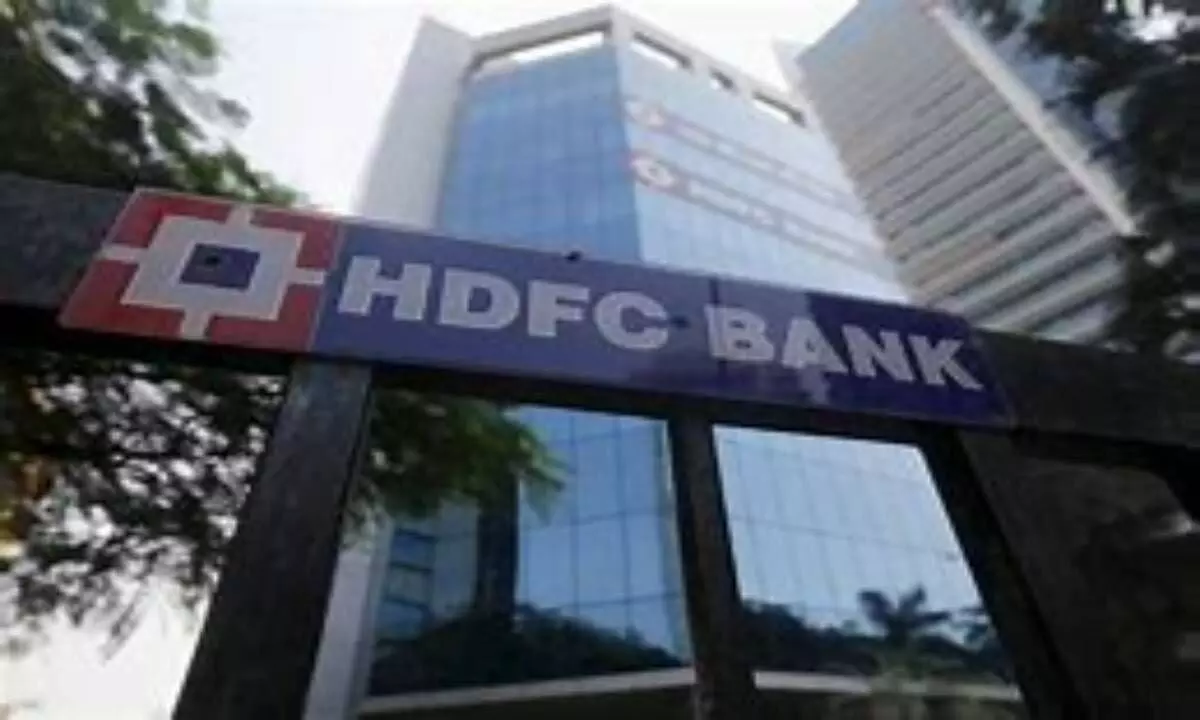HDFC-HDFC Bank merger: RBI clarification comes as a breather
One of the major concerns of investors in the run-up to the merger was the likely treatment of subsidiaries; With the RBI clarification, that worry is gone
image for illustrative purpose

• Investments including in subsidiaries and associates of HDFC Ltd are allowed to continue as investments of HDFC Bank
• HDFC Bank will have around 3 yrs to comply with PSL norms
• But, all the mandatory reserve requirements such as CRR, SLR and LCR will set in on the first day of the merger
Mumbai: It was on April 21, when the country’s largest private sector lender, HDFC Bank informed that it has received some clarifications from the banking regulator with respect to the proposed merger of Housing Development Finance Corporation (HDFC) with the bank. These clarifications were given after the bank sought certain relaxations from the Reserve Bank of India (RBI) to make the process of merger smooth. The merger is expected to take effect by July this year.
As per the clarifications, HDFC Bank has received relief in certain major areas. The biggest relief is in relation to the priority sector lending (PSL) norms. Under the rules, a banking entity needs to lend 40 per cent of the adjusted net bank credit to the so-called priority sector or economically weaker sections such as agriculture, micro-enterprises and other economically weaker sections.
Talking to Bizz Buzz, R Gandhi, former Deputy Governor of RBI says, “If HDFC Bank (the combined entity) had to meet this on day 1 of the merger, it would have been a big jolt. But now, the RBI has clarified that HDFC Bank can calculate the adjusted net bank credit considering one-third of the outstanding loans of HDFC Ltd as on the effective date of the amalgamation for the first year.”
The remaining two-thirds of the portfolio of HDFC Ltd can be considered over a period of next two years equally, the RBI said. This means HDFC Bank will have around three years to comply with PSL norms. In fact, the PSL requirement kicks in only 12 months after the effective date of the merger, according to the bank.
In short, this will be a significant reduction in cost. The second big clarification is on the treatment of investments in subsidiaries. Investors were worried that the bank may be asked to cut stake in key subsidiaries such as HDFC Life. Here, the RBI has clarified that investments including subsidiaries and associates of HDFC Ltd are allowed to continue as investments of HDFC Bank.
The RBI has permitted HDFC Bank or HDFC Limited to increase the shareholding to more than 50 per cent in HDFC Life and HDFC ERGO. This is another major good news for the bank and investors. HDFC, as on March 2023, already has 49 per cent stake in HDFC Life.
The parent company had earlier held a majority stake in HDFC Life at 50.14 per cent in September 2020. To comply with RBI guidelines of 50 per cent limit, the stake was cut to 49.99 per cent in December 2020, 49.88 in December 2021 and to 48.65 per cent in March 2023. Logically, the bank can now hike the stake in HDFC Life to over 50 per cent, which may happen eventually.
Further, the RBI has permitted HDFC Bank to continue holding HDFC’s stake in HDFC Education and Development Services Private Limited, engaged in operating three education schools, for a period of two years from the effective date and HDFC Credila Financial Services, subject to the shareholding being brought down to 10 per cent within two years from the effective date.
It simply means that HDFC Bank, post its merger, will get close control of all subsidiaries much like its rival conglomerates like ICICI Bank. One of the major concerns of investors in the run-up to the merger was the likely treatment of subsidiaries. With the RBI clarification, that worry is gone.
The not-so-good part of the clarification is that all the mandatory reserve requirements such as CRR (cash reserve ratio), SLR (statutory liquidity ratio) and LCR (liquidity coverage ratio) will set in on the first day of the merger. But, considering the larger reliefs on PSL and subsidiary treatment, this will likely be a lesser worry for the combined entity.

